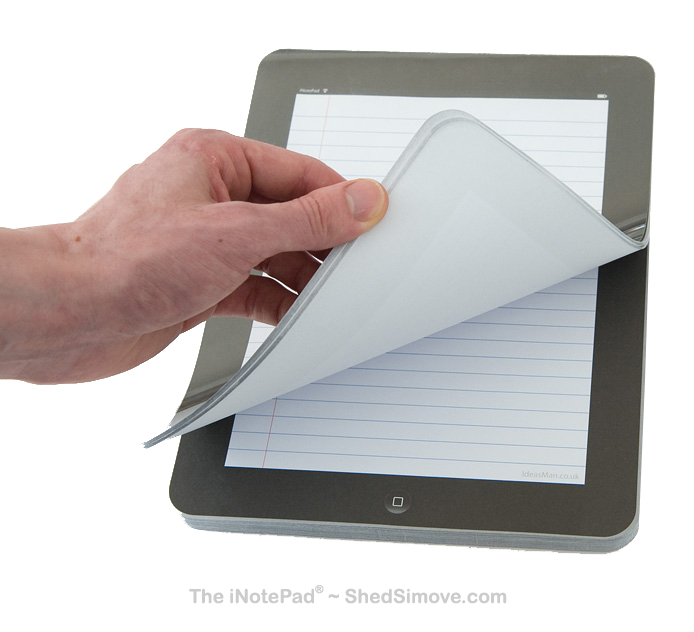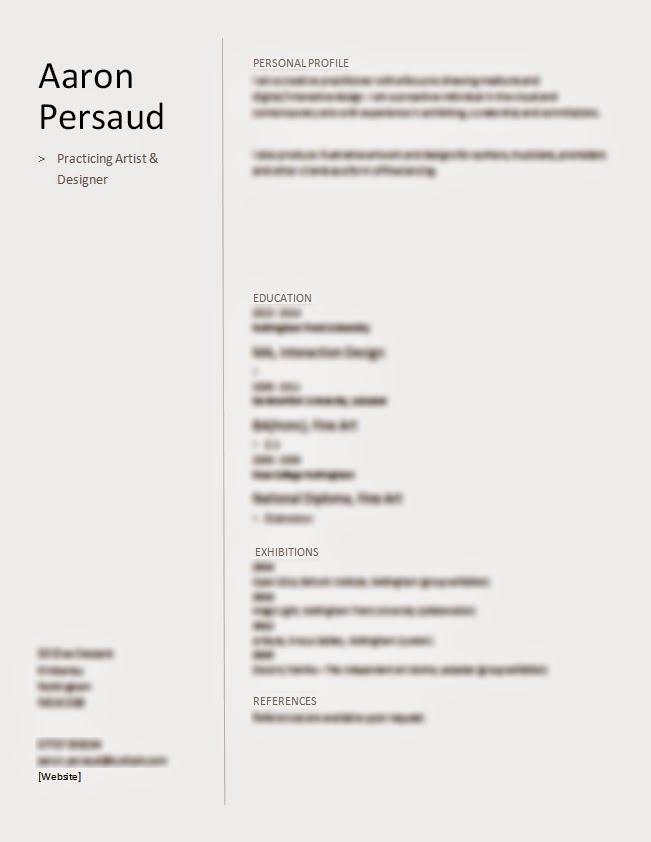Yesterday entailed a session into the international possibilities of working, particularly in art and design. It was pointed out that "working internationally" wasn't simply defined as working abroad. It could mean a number of other things in the sense of being a UK citizen, like:
- Working for a foreign-owned employer in the UK
- Working for a British employer overseas
- Working outside of your home city
We also looked at companies such as Thorntons (started in Sheffield, then expanded from there over the decades), Clarks (founded in Somerset, then expanded to an international scale where they even sell through third-party distribution). I even considered Boots as a side note, due to a friend who works as a buyer for them, and has thus travelled abroad on their behalf.
This lecture then boiled down to the inexorability of the global dimension, especially if I was pursuing a career in art and design. So, I've been left to consider what my international options are. It's not like I haven't before, though. There are companies out there whom I'd like to work for, but they are big leaps:
- AllofUs, when the opportunities arise.
- United Nations, provided I can put myself across as an "exceptional individual," as I've frequently been told.
- And a few others.
The question was raised about the feasibility of working outside the UK and how many students travel abroad for work. It was pointed out that 3% of NTU graduates ended up working as such. Even then, 1.5% of that turnout were UK students working abroad, the other being international students returning home. This may seem small, but if the numbers for the NTU population are around the same as 2011/12, that equates to roughly 800/900 individuals taking up their careers abroad.
There's also the issue of language barriers. But in this discussion, it was claimed that this is not such a big problem. Education (especially higher education, which is a big international business that one can work into), design and IT are said to be unrestricted to English-speaking countries. One can even teach English abroad, without a degree in English or a modern language.
However, I think it would be twice as useful to know another language, because while English speakers are not as impaired in their career paths by language barriers abroad, knowing another language still opens up more doors of opportunity. Throughout my time at NTU, I've taken to learning French on and off, and plan to pursue it further after this course. French appeals to me, because I find it easier to pick up as opposed to other languages. Plus, I really like French films.
This is all a rough outline for my options outside of the UK (or just Nottingham), but I tend not to put too much detail into it. I still have a lot left to do in Nottingham first, like my work with the Surface Gallery.







